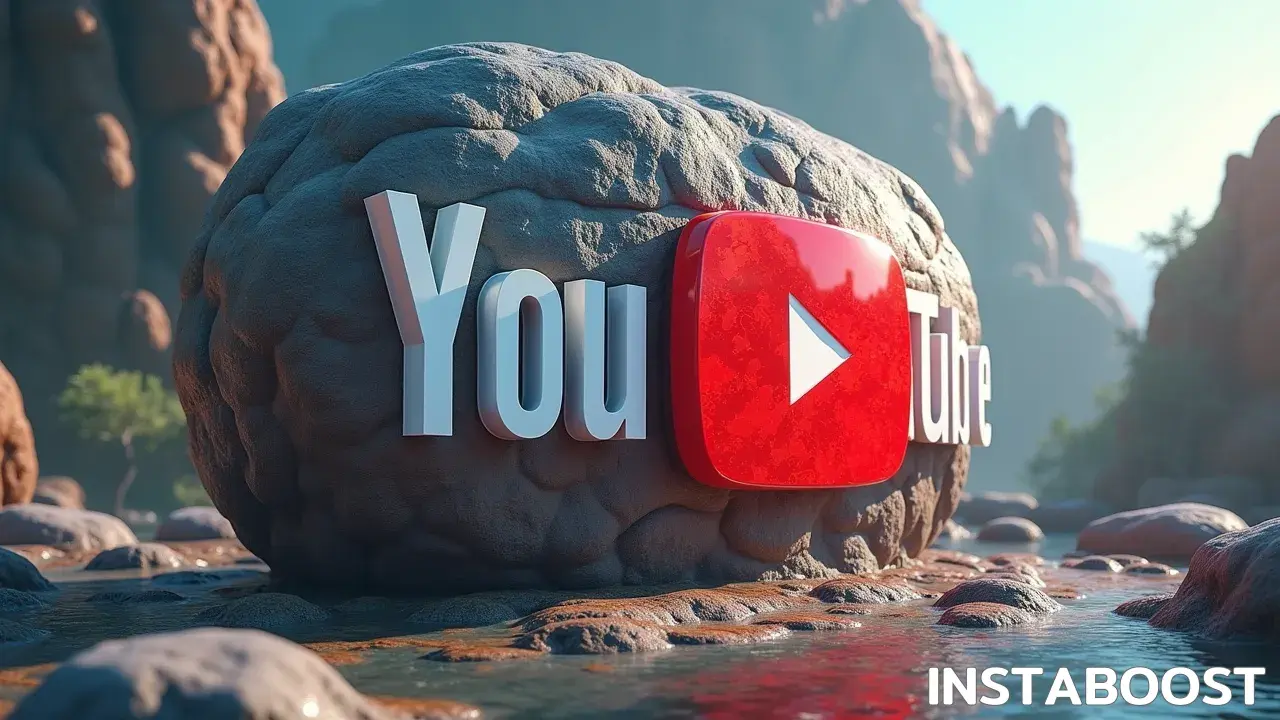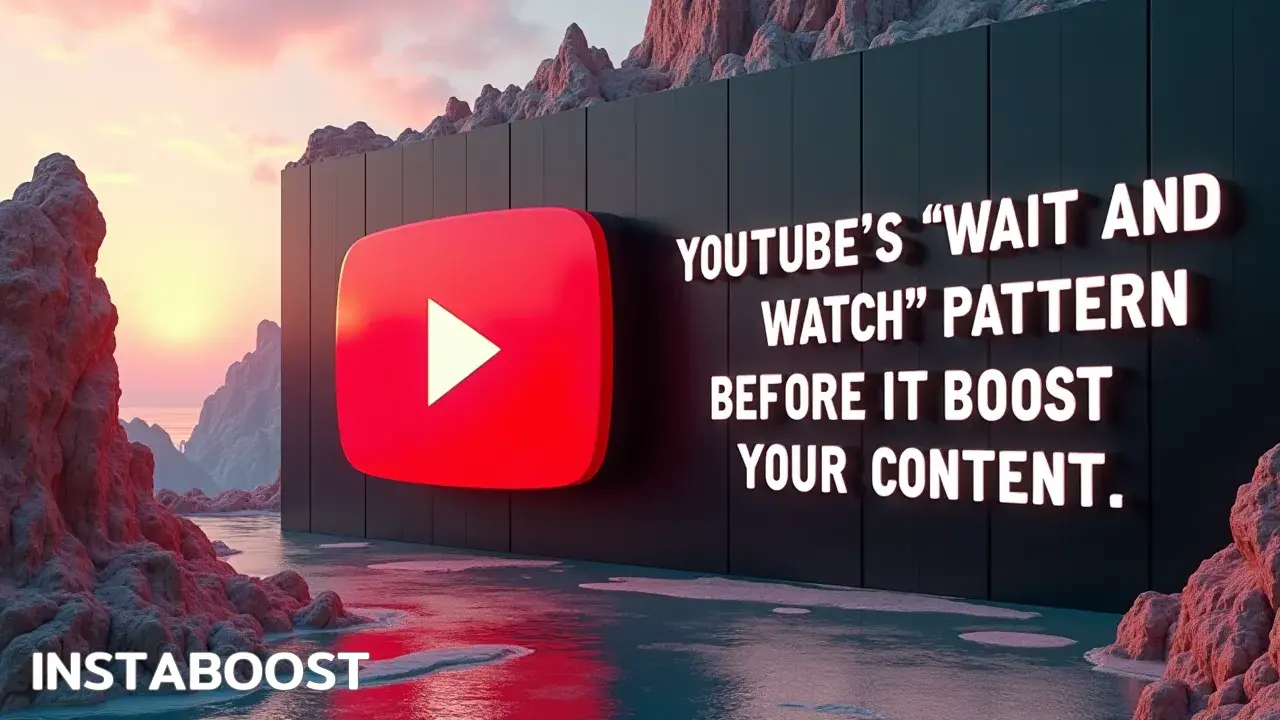Why Does YouTube Use a “Wait and Watch” Pattern Before Boosting Content?
YouTube typically samples performance before expanding a video’s reach. The algorithm first observes early engagement to estimate viewer interest and retention, then decides whether to surface the video more broadly. This staged assessment can feel slow, but it helps match content to the right audience and avoid premature overexposure. Optimizing for strong initial signals and consistent watch behavior positions a video to benefit when the system widens distribution.
The Invisible Pause Before the Push
A lot of people think their video will catch on right after they hit publish, but most of the time it sits there, barely noticed. It’s easy to wonder if something’s wrong, but that slow start isn’t a glitch or mistake on YouTube’s end. It’s actually how the site is meant to work.
YouTube tests new videos by showing them to a small number of viewers at first. It pays close attention to what those viewers do – if they finish the video, leave early, or take a moment to like, comment, or subscribe. All those small actions help YouTube figure out if the video is actually connecting with people.
YouTube tests new videos by showing them to a small number of viewers at first. It pays close attention to what those viewers do – if they finish the video, leave early, or take a moment to like, comment, or subscribe. All those small actions help YouTube figure out if the video is actually connecting with people.
If it seems like it’s working, then YouTube gives it a bigger push. Sometimes that process takes a few hours, but other times it drags on for days. This stage can feel like waiting in line, wondering if you’ll get a turn.
But it’s really YouTube’s way of making sure the videos people actually enjoy are the ones that get seen. For people who want that quick rush of views, it can be pretty tough to sit through. Still, understanding these patterns and even reading up on things like smarter YouTube growth can make the waiting game feel a little more manageable, and there’s something to be said for focusing on steady progress, even when it feels slow.

Why YouTube Holds Back: The Reason Behind the Slow Start
What really matters isn’t how you got your video onto YouTube, but what you were expecting to happen next. If you’ve ever felt let down when a new upload didn’t immediately get attention, you’re not alone – and you didn’t do anything wrong. YouTube isn’t set up to blast your video out to everyone right away like some other platforms do. Their system works in a slower, more measured way. It starts by showing your video to a small group, sort of feeling out how people respond before deciding what to do next. This isn’t a glitch or a mistake.
YouTube does it on purpose, to stop feeds from getting crowded with videos that aren’t a good fit for most people. When you upload something, the platform pays close attention to things like whether people actually click to watch, how long they stay, and what the first few viewers do. They’re basically running a small test to see if your video should go further. This approach can feel frustrating if you’re hoping for instant results, but it also means there’s a real chance for thoughtful or unusual videos to get noticed over time.
By moving slowly, YouTube tries to make sure people see things they actually want to watch. So if you’re working on growing your channel – whether you’re doing it all yourself or using something like INSTABOOST – or looking for ways to expand your subscriber base, it helps to understand this built-in waiting period. It’s not there to hold you back. It’s there to see what people actually care about, even if it takes a little longer to find out.
Turning the Pause Into a Strategy
Even a solid plan can unravel if your priorities aren’t right, and YouTube’s “wait and watch” method really shows why. This isn’t just some odd feature of the platform; it actually makes you rethink how you approach uploading videos. Instead of focusing on getting a bunch of views the moment your video goes live, it can be more useful to treat those first few hours – or even days – as a chance to pay attention. During that early window, YouTube is checking things like who finds your video, whether people stick around or click away, and if anyone bothers to comment or like. Sometimes, those early interactions – even a handful of likes or a thoughtful comment – can increase viewer confidence in your content more than you realize.
It’s easy to want to jump in and start changing your thumbnail or title at the first sign of slow numbers, but that kind of rushing around doesn’t actually help much. Instead, you can look at your analytics and see, for example, whether most viewers are coming from recommendations or if they’re showing up through notifications. Sometimes you find your video is reaching a completely different audience than you expected, and that tells you more than the numbers alone. This early stretch is a good time to notice real patterns, not to react to every random dip or spike. The people who figure YouTube out aren’t only good at producing videos – they watch those first bits of data and let that guide their next steps. When you use that slower rollout to really look at what’s happening, you’re giving your video a better shot for later, when YouTube starts sharing it more widely. And in the end, being patient isn’t just about waiting quietly; it’s about paying attention to what’s actually in front of you and letting that shape what you do next.
Rethinking the “Learning Phase”: When Patience Becomes a Trap
I used to think of all this as part of learning, but lately it feels more like waiting around without any clear reason. People often talk about how when you upload a video to YouTube, there’s this phase where the algorithm “learns” who should see it. Supposedly, it’s about the system figuring things out before your video finds its audience.
But when you’re actually in it, the process feels less like growth and more like your video is sitting in the back of the line, and you’re left checking back for updates that don’t come. Sometimes it takes weeks before anything really happens, and by then, it’s hard not to feel like your effort is going unnoticed. I get that YouTube is trying to be careful about what it shows to people, but this slow rollout doesn’t only filter out half-hearted uploads – it can also push aside videos you put a lot of thought into, especially if they’re not instantly popular.
Meanwhile, people move on quickly; trends and conversations change. By the time your video might get a chance, it could already feel out of date. I try things like tweaking titles and thumbnails, or I’ll remember a tool I once used to engage new audiences, just to give a video a nudge, but there’s only so much you can do from your side. Most of the time, it feels like you’re waiting for something to break the silence, but it’s not really clear if or when that will happen.















